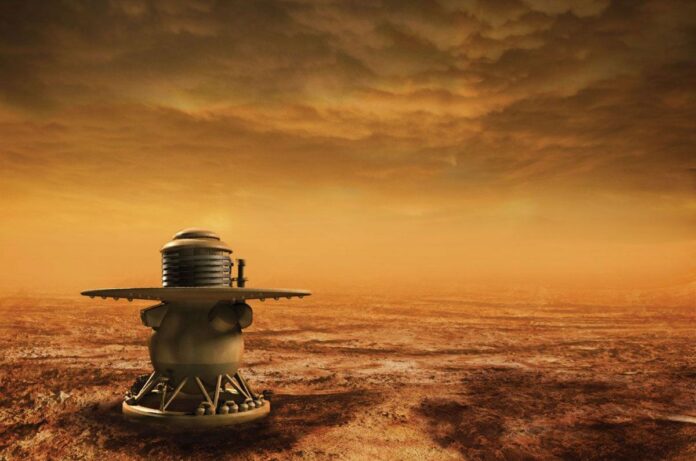A new NASA video makes the case that Venus is Earth’s “evil twin.”
The nefarious moniker is revealed to be, in a way, an apt description of why astronomers will be investigating Venus this decade. Scientists and engineers from NASA and the European Space Agency are gearing up to send three new missions to the second rock from the sun. They want to know a whole lot more about the nearby planet, which resembles Earth in so many ways, and yet is so strikingly different.
The video touches on a few nightmarish but intriguing aspects of Venus. For one, it’s got a runaway greenhouse effect. The 15-mile-thick (24 kilometers) shroud of atmosphere is made of carbon dioxide and contains sulfuric acid clouds. The planet produces temperatures hot enough to melt lead. Lori Glaze, NASA’s director of planetary science, said in the video that the Venusian surface can reach 900 degrees Fahrenheit (480 degrees Celsius).
“So it is a crazy place, but really interesting,” Glaze said. “And we really want to understand why Venus and Earth turned out so differently.”
Related: Scientists hail ‘the decade of Venus’ with 3 new missions on the way
To solve the battery problem, NASA has partnered with Advanced Thermal Batteries Inc. (ATB) to develop a new high-temperature power source — and ATB researchers have already developed a promising, surprisingly hardy prototype battery.
The key to the new battery is using Venus’ extreme temperature to the lander’s advantage, in the form of low-discharge molten salt. This material has sufficiently high power density and is easily stored and maintained on Earth, since salt’s high melting point means that it will remain solid and inert on our planet while retaining its energy potential for many years.
A major problem with molten salt batteries that already exist today is their high rates of self-discharge, caused by internal electrochemical reactions, which limits a normal thermal battery with a molten salt electrolyte to only a few hours of use on Venus. According to NASA (opens in new tab), ATB recently developed a 17-cell battery prototype that was able to limit the battery-draining internal reactions to significantly extend the battery’s life.
This enabled ATB’s battery to discharge between 19 volts and 25 volts for 118 days, almost twice LLISSE’s operational power requirements, before corrosion reached the positive lead on the battery.
“This recent battery technology demonstration, with improved architecture and low self-discharge electrochemistry, is a huge accomplishment that many may have not thought possible,” Kevin Wepasnick, an ATB project engineer, said in a NASA statement (opens in new tab).
It will still be some time before NASA can feel confident that the new battery will prove itself a match for Venus’ harsh environment, including developing a container and packaging that can withstand the extreme pressure and caustic nature of Venus’ atmosphere. But it appears that the biggest hurdle LLISSE will have to clear has been successfully dealt with.
Follow us on Twitter @Spacedotcom (opens in new tab) or on Facebook (opens in new tab).

